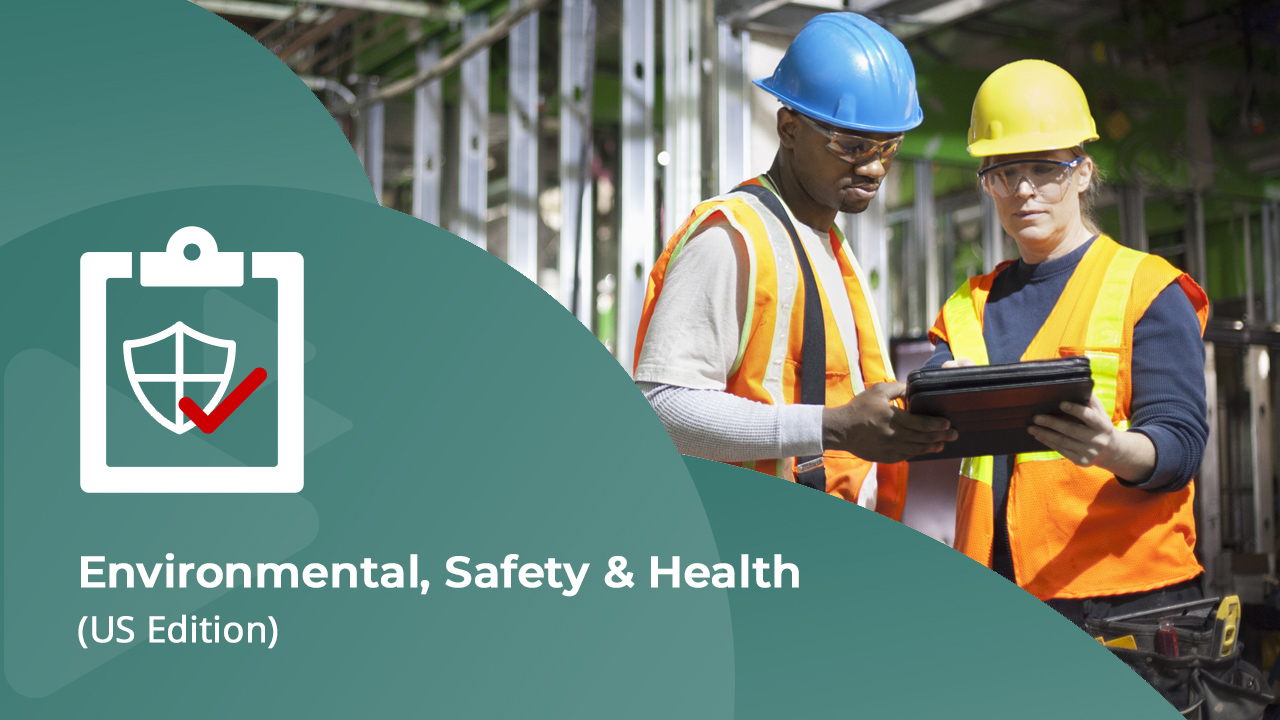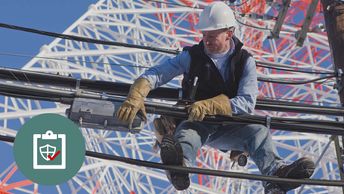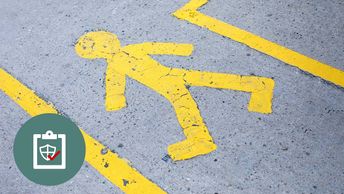Chlorine Safety
- 10 topics | 58m 59s
- Up to 30 languages
- Transcripts
Chlorine is one of the 90 elements essential to daily life, along with oxygen, hydrogen, and carbon. Chlorine is used in many industrial processes, including manufacture of electronics, water purification, production of numerous synthetic materials, and medicines. Around 12 million tons of chlorine are produced per year for such purposes in North America alone. The Occupational Safety and Health Administration (OSHA) recognizes chlorine as a hazardous material and imposes strict exposure limits in the workplace. This course presents an overview of chlorine, its health risks, how to control and respond to chlorine exposure, and how to protect your workforce from potential harm. This course was developed with subject matter expert support provided by Strata-G, LLC, a global professional services company focusing on regulatory compliance, safety and health, infrastructure management and operations, and business services. Please note, the course materials and content were current with the laws and regulations at the time of the last expert review; however, they may not reflect the most current legal developments, location-specific, or facility/process-specific requirements. Nothing herein, or in the course materials, shall be construed as professional advice as to any particular situation with respect to compliance with legal statutes or requirements.
WHAT YOU WILL LEARN
-
recognize the characteristics of chlorine
-
identify the uses of chlorine in industry
-
identify how chlorine exposure can occur
-
recognize the symptoms of chlorine exposure
-
recognize the characteristics of chlorine, its industrial uses, and the symptoms of exposure
-
identify the legislation that regulates chlorine use
-
match exposure levels for chlorine to their imposed limits
-
recognize best practices for chlorine exposure prevention in a workplace
-
identify chlorine legislation and exposure limits and recognize methods of chlorine exposure prevention in the workplace
-
identify personal hygiene procedures for employees working with chlorine
-
identify the types and treatment of personal protective equipment for when chlorine is present in the workplace
-
identify when respirator protection is necessary under the OSHA Respiratory Protection Standard
-
identify the personal hygiene procedures and PPE required when working with chlorine
-
identify the actions to take following the release of or exposure to chlorine in a given scenario
-
identify methods for the safe storage of chlorine
-
recognize how to respond to a chlorine exposure or release and how to store chlorine safely
IN THIS COURSE
-
Characteristics and Uses of Chlorine5m
-
The Health Effects of Chlorine Exposure6m
-
Knowledge Check: Chlorine Uses and Exposure6m
-
Exposure Control5m
-
Exposure Prevention6m
-
Knowledge Check: Legislation and Exposure Prevention4m
-
Personal Protection from Chlorine8m
-
Knowledge Check: Working Safely with Chlorine4m
-
Release, Response, and Storage6m
-
Knowledge Check: Chlorine Exposure and Release4m
YOU MIGHT ALSO LIKE
COMPLIANCE-COURSE
Spill Response and Control Impact: Responsibilities During a Spill
COMPLIANCE-COURSE
Electrical Safety: Qualified Worker – Part 1
COMPLIANCE-COURSE
Pedestrian Safety 2.0


